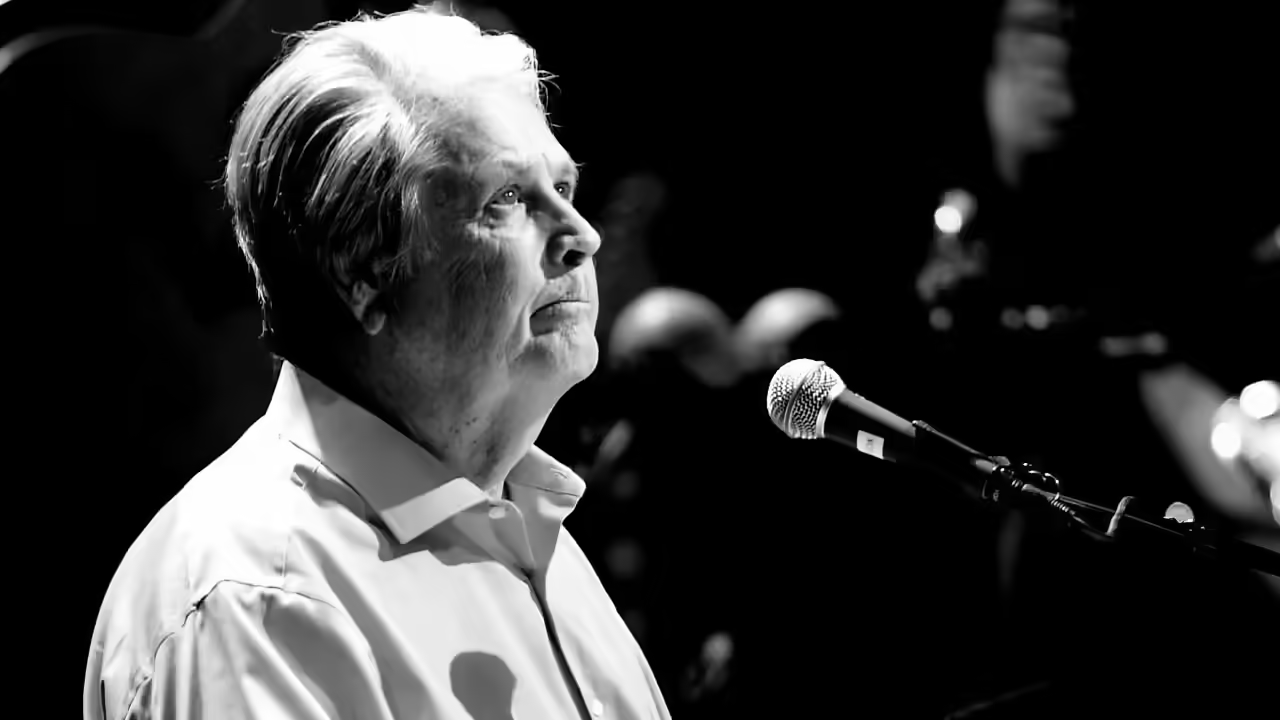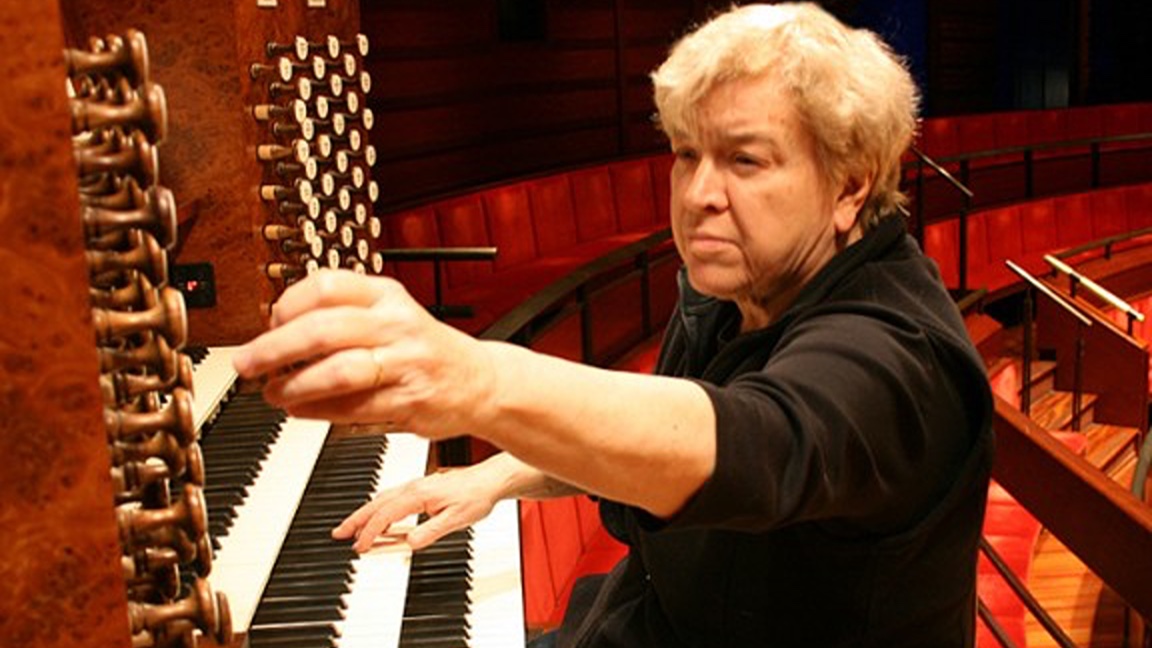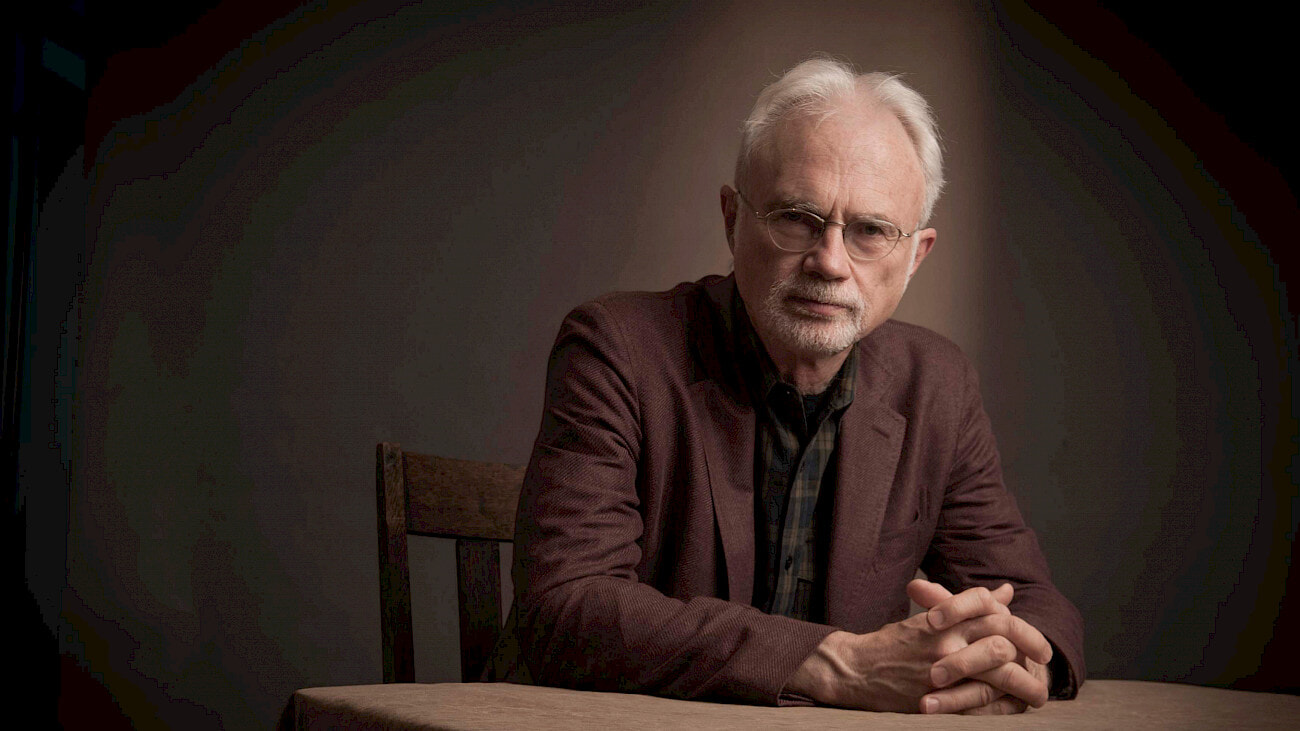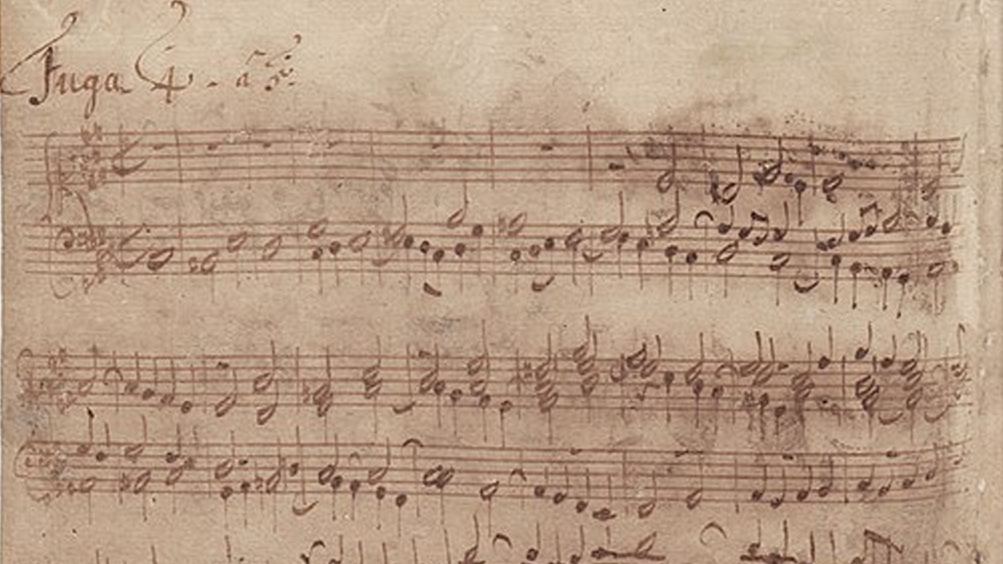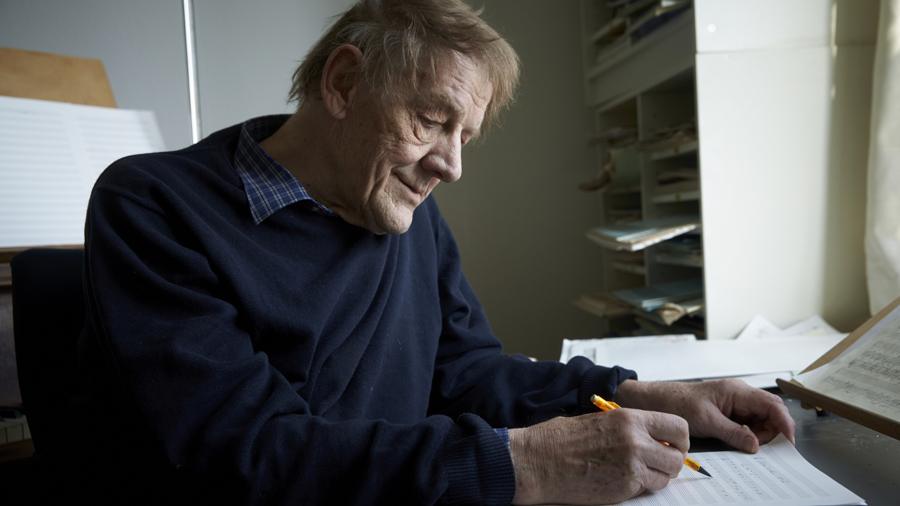Remembering Brian Wilson
Brian Wilson, the legendary American musician, songwriter, singer, record producer, and co-founder of The Beach Boys, passed away last Wednesday, June 11. He was 82. As the primary songwriter for The Beach Boys, Wilson employed striking harmonic sophistication and innovative recording techniques. In 1964, he stopped touring with the band to focus on writing and recording. Meticulous in the recording studio, Wilson demanded the highest standards. In his memoir, Hallelujah Junction, composer John …

